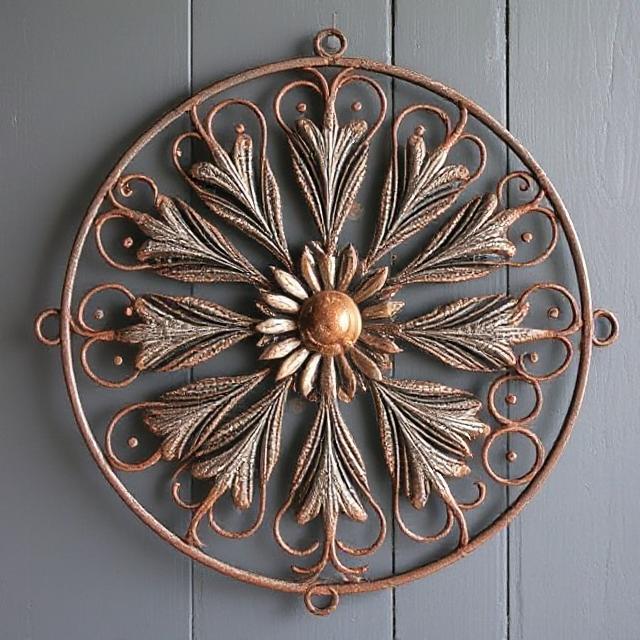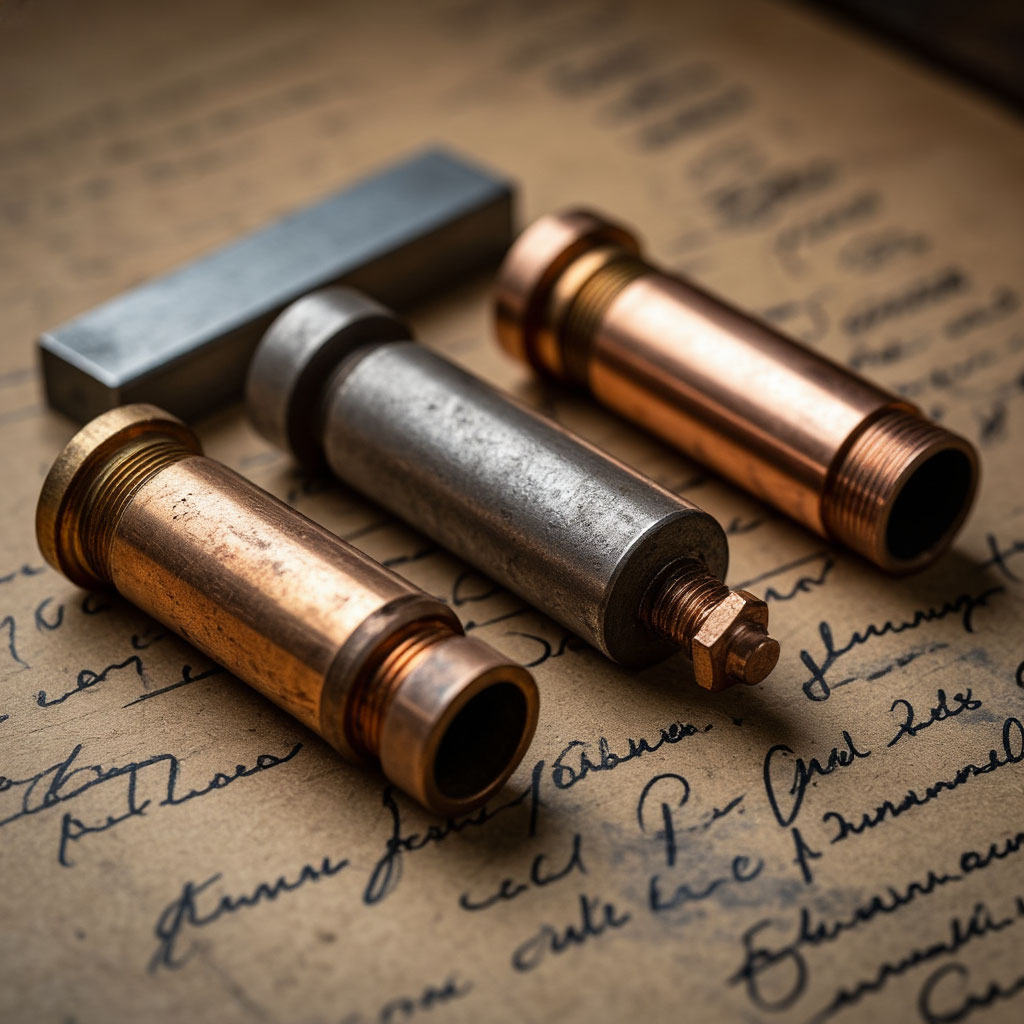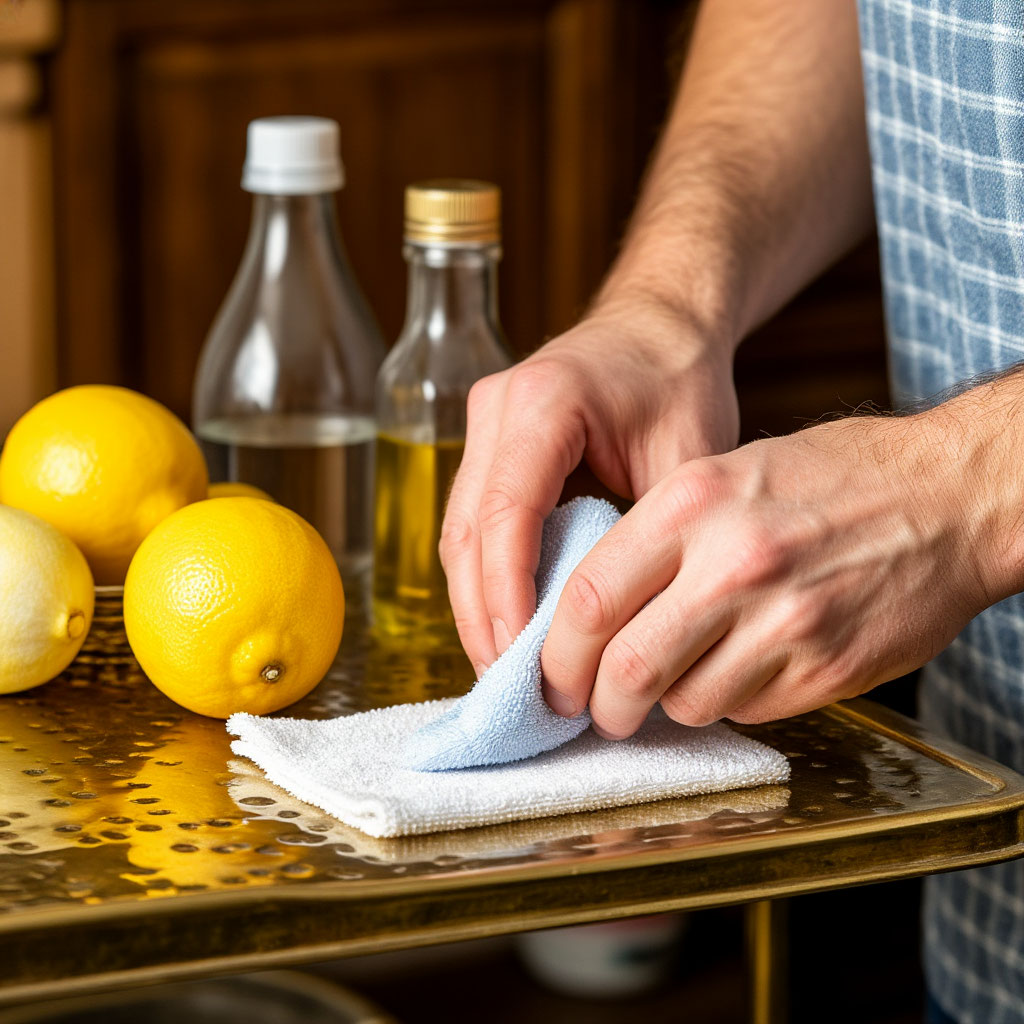How to Protect Indoor Metal Decor from Rust and Tarnish
Metal decor adds style and character to a room—whether it’s vintage, sleek, or industrial. But rust and tarnish can quickly take the shine off your favorite pieces. The good news is, it doesn’t take much to protect metal from rust indoors. A few smart habits and the right materials can help keep everything in great shape. Understanding how moisture, air, and even your hands affect different metals will help you stay ahead of the damage.

Table of Contents
ToggleWhy Metal Rusts Indoors (And How to Stop It)
It’s easy to think rust only happens outside in the rain. But that iron lamp or those brass drawer pulls? They can corrode even in a dry-looking room. Protecting metal from rust indoors starts by spotting the quiet ways it can happen.
What Makes Metal Rust Inside?
Humidity builds up in everyday ways—cooking, showers, even breathing. Bathrooms and kitchens are especially tricky. Steam clings to surfaces, including metal shelves and decor, and over time that turns into rust.
Even plain air causes trouble. Oxygen slowly reacts with metal, especially when there’s moisture. That leads to oxidation, and the surface starts to look dull.
Touching metal leaves behind oils from your skin. You may not see it right away, but those oils speed up tarnishing, especially on brass or copper. What looks clean now can lose its shine faster than you think.
Dust doesn’t help either. It holds onto moisture and gives rust the perfect place to grow. Once you know these triggers, it’s easier to take action.

Identifying Rust-Prone Metals in Your Home
Not all metals react the same. Some are tougher, while others need more attention. Knowing which ones are more likely to rust can help you stay focused.
Common Indoor Metals That Need Extra Care
- Iron rusts quickly when there’s humidity.
- Steel can corrode without a clear coat.
- Copper changes color over time if not sealed.
- Brass gets dull from air and fingerprints.
- Aluminum doesn’t rust, but it still oxidizes.
If you know what you’re working with, you’ll know where to start. Focus on the vulnerable pieces and they’ll last much longer.
Cleaning and Preparing Metal Surfaces
Before you seal or coat anything, it needs to be clean. Oils, dirt, and early signs of rust can get trapped under a layer if you skip this step.
| Metal Type | Cleaning Method | Notes |
|---|---|---|
| Iron | Dry brush + vinegar wipe | Don’t soak it |
| Steel | Mild soap + water, dry well | Finish with clear coat for steel |
| Copper | Lemon + salt scrub | Rinse after cleaning |
| Brass | Microfiber cloth + baking soda paste | Avoid harsh cleaners |
| Aluminum | Soft cloth + dish soap | Dry quickly to avoid marks |
A clean surface helps any coating stick better. Skip the prep, and the protection won’t hold up.

Best Sealants and Coatings for Indoor Use
Once your piece is clean, it’s time to seal it. That creates a barrier to block moisture and air. Whether you’re using lacquer for iron finishes or a clear coat for steel, the goal is to slow down oxidation.
What Kind of Protection Works Well?
Spray-on clear coats work for most home decor. Pick one that’s designed for indoor use—it should be low odor and non-yellowing. Wax can be a good option too. It adds a little shine and helps repel moisture.
Anti-rust sprays are easy to use and don’t build up. You just spray and wipe. Some even help keep dust away, which makes routine care quicker.
Lacquer is better for pieces that get touched a lot. It dries to a solid finish that doesn’t smudge easily. Make sure the surface is dry before applying. A quick sanding helps it stick better.
If your item gets sunlight, choose a UV-resistant formula. It keeps the finish from fading or changing color over time.
Tips for Long-Term Maintenance and Care
Once your decor is sealed, a little upkeep will keep it looking great. It doesn’t take much.
Skip water when cleaning sealed pieces. A dry microfiber cloth works for dust. If there’s grime, use a slightly damp cloth and dry it fast.
Take a look at each piece now and then. If it starts looking dull, reapply wax or clear coat before it gets worse.
Store unused decor the right way. Wrap it in acid-free paper and toss in a silica gel packet. That keeps moisture out of storage bins.
DIY Natural Alternatives to Commercial Anti-Rust Products
If you’d rather skip store-bought sprays, there are simple ways to keep rust off using stuff you might already have:
- Coconut oil works as a light seal. Rub a little on clean metal and buff it out. It helps repel moisture without being sticky.
- For cleaning, try vinegar and water in equal parts. It can break down early oxidation and leaves the surface ready for sealing.
- Beeswax gives a soft layer of protection. Melt a bit, brush it on, and buff once it cools. It’s great for dark metals like iron and steel.
- Lemon juice mixed with baking soda can help polish away tarnish. Just skip this one on aluminum—it can react badly.
Whether you go with something natural or something from the store, the goal stays the same: protect metal from rust indoors and keep it looking good.
Protecting metal from rust indoors isn’t hard. Once you know the troublemakers—humidity, fingerprints, dust—you can take simple steps to fix them. Keep metal dry, coat it when needed, and check in now and then. Whether you use anti-rust spray or coconut oil, your decor will stay clean, dry, and sharp-looking with just a bit of effort.
Related Posts

Steel vs. Aluminum: Which Metal Is Best for Home Design Projects?

Understanding Metal Finishes: Brushed, Polished, Matte & More
